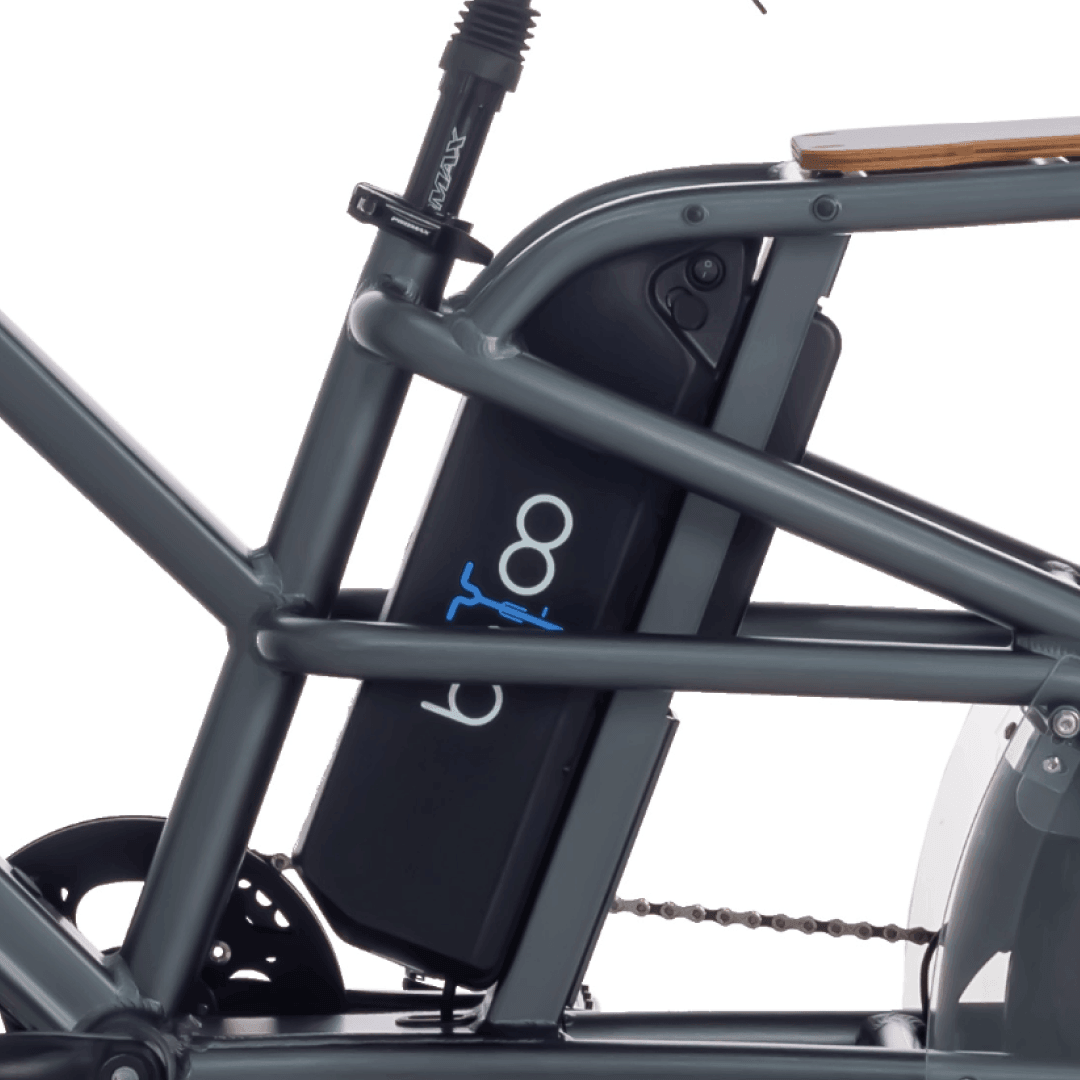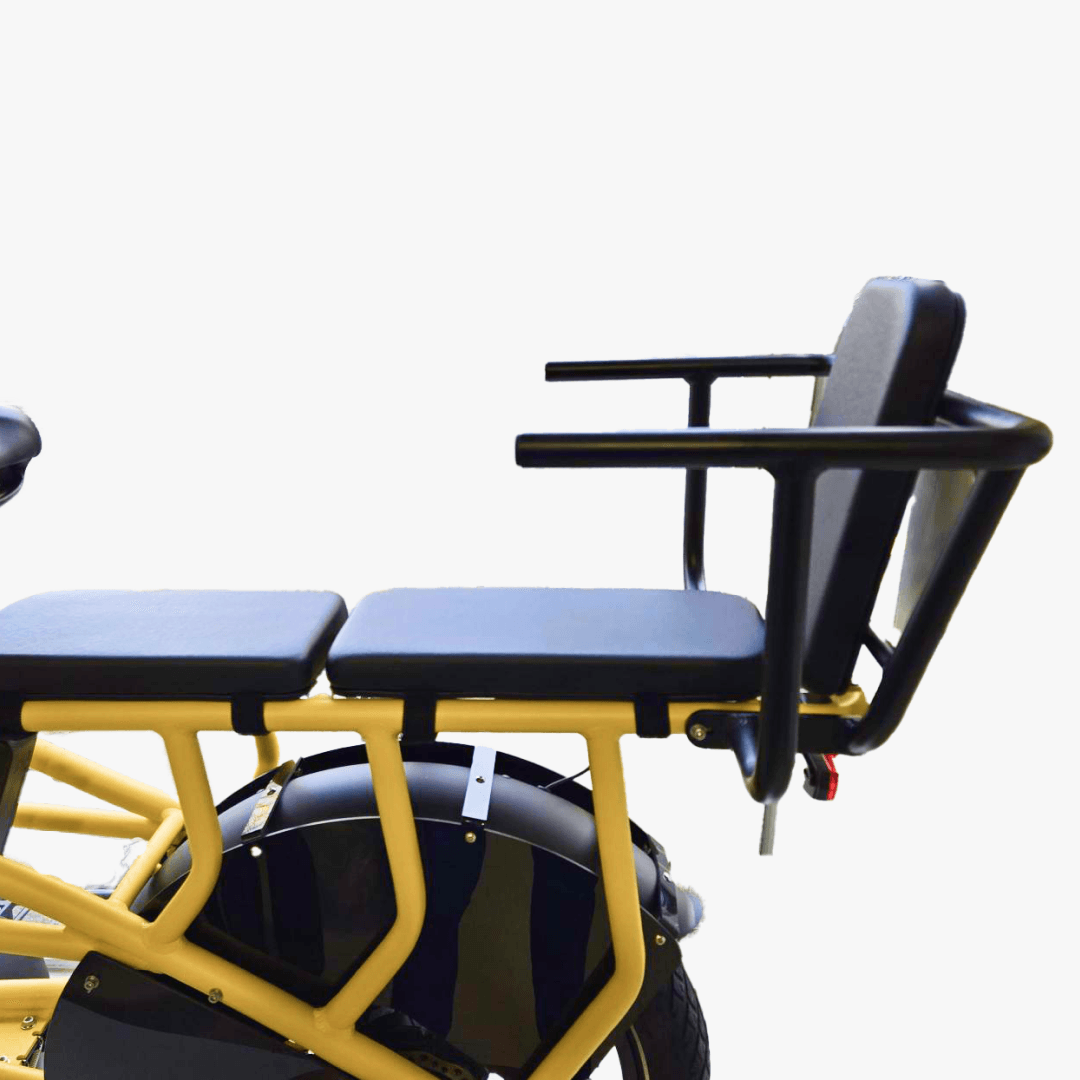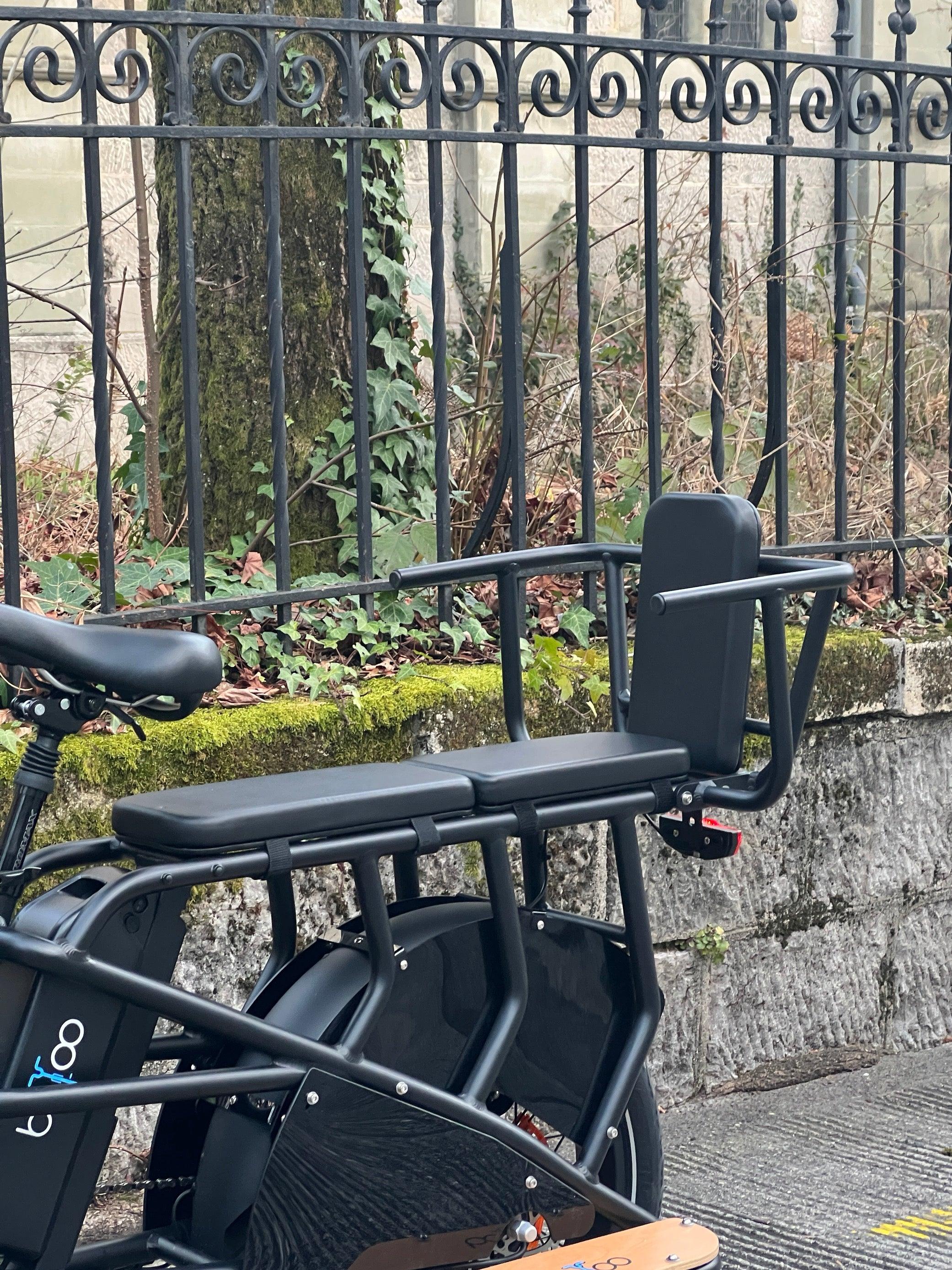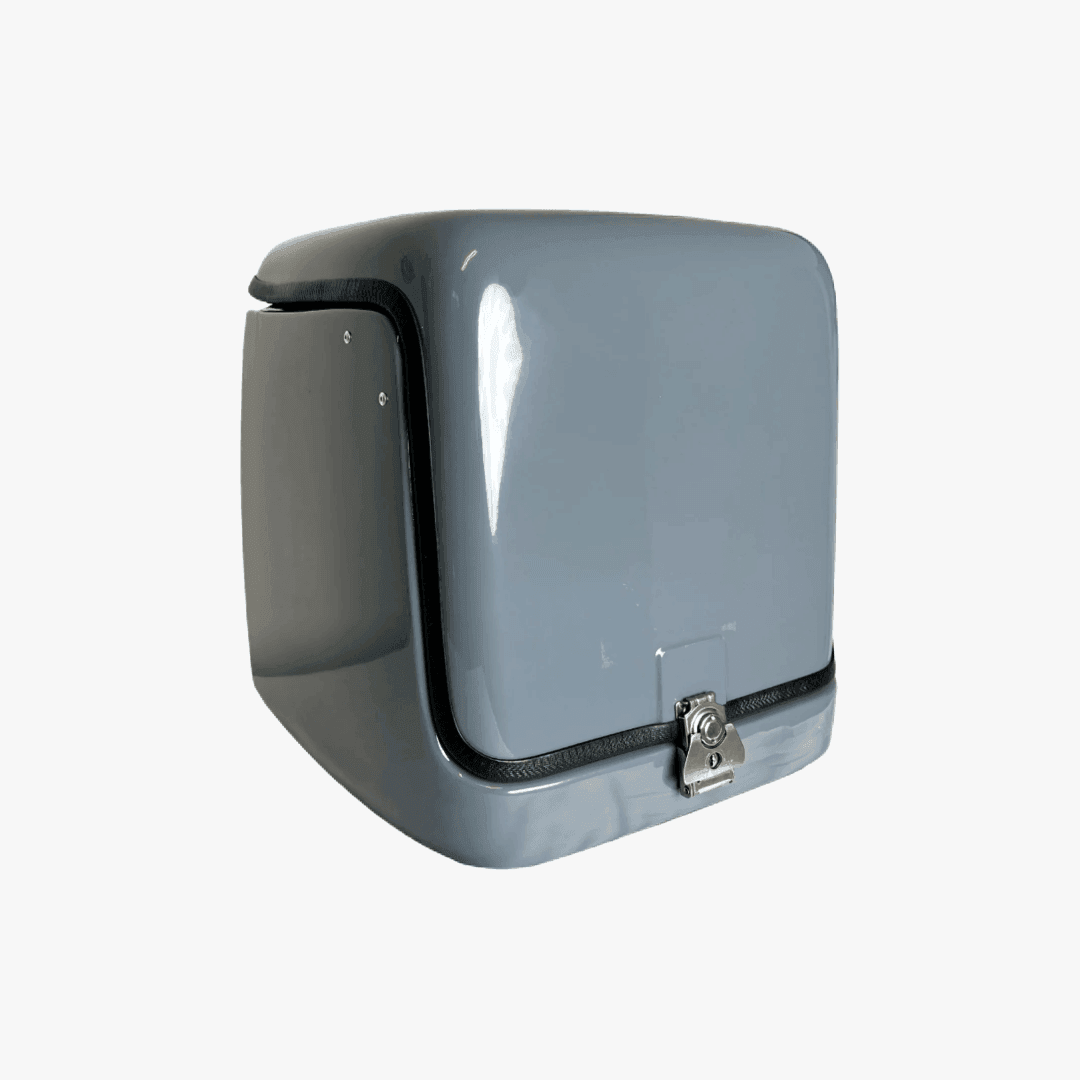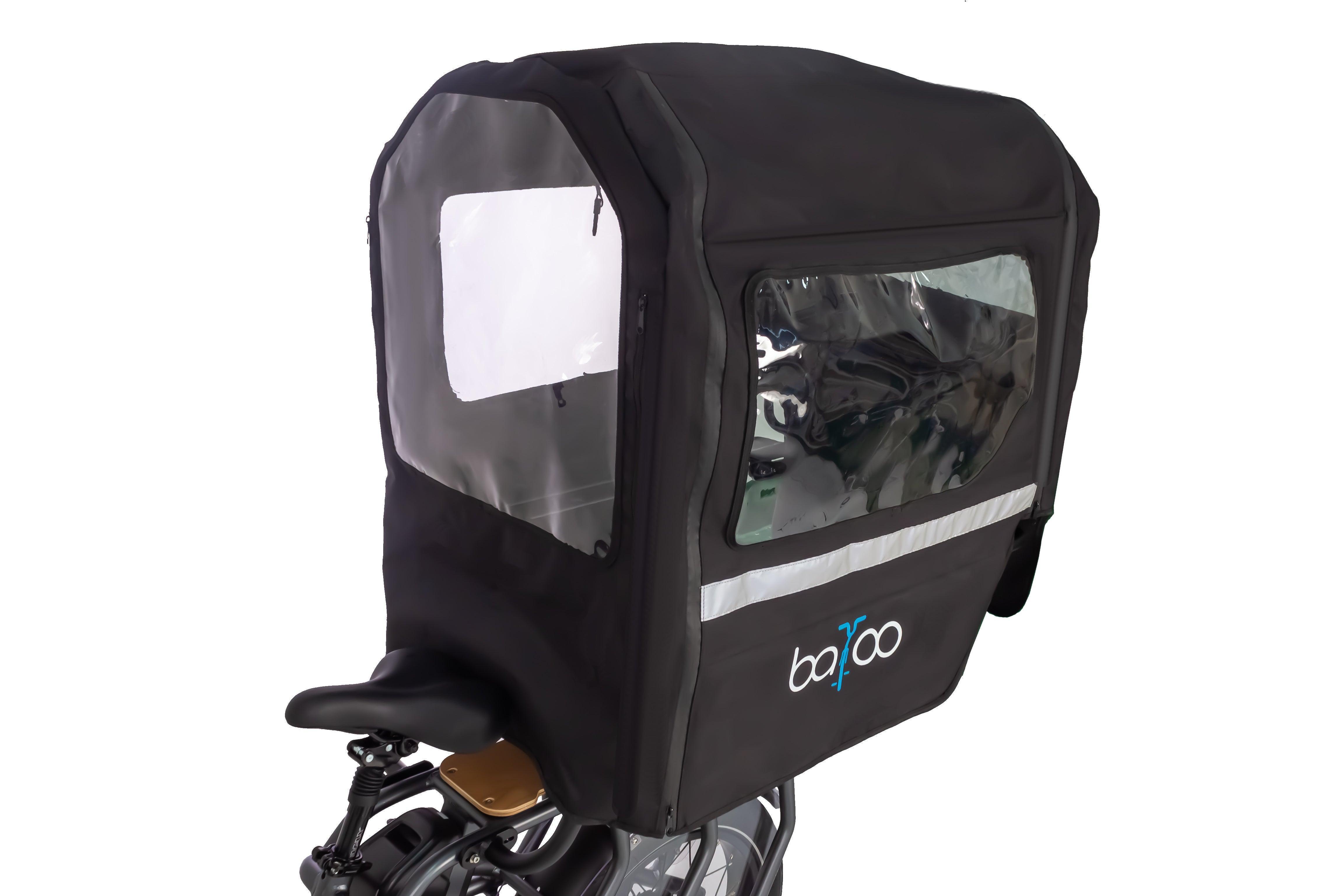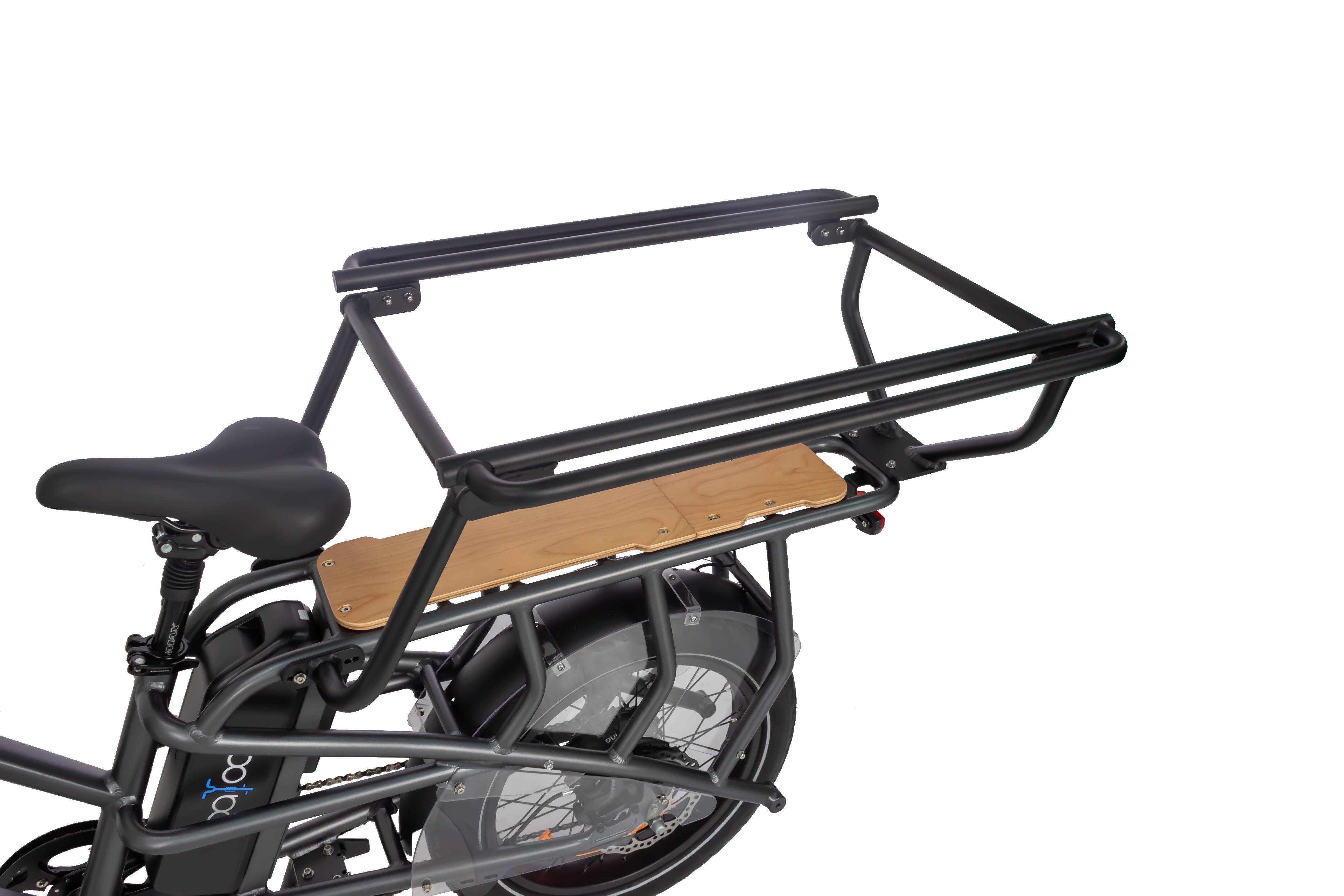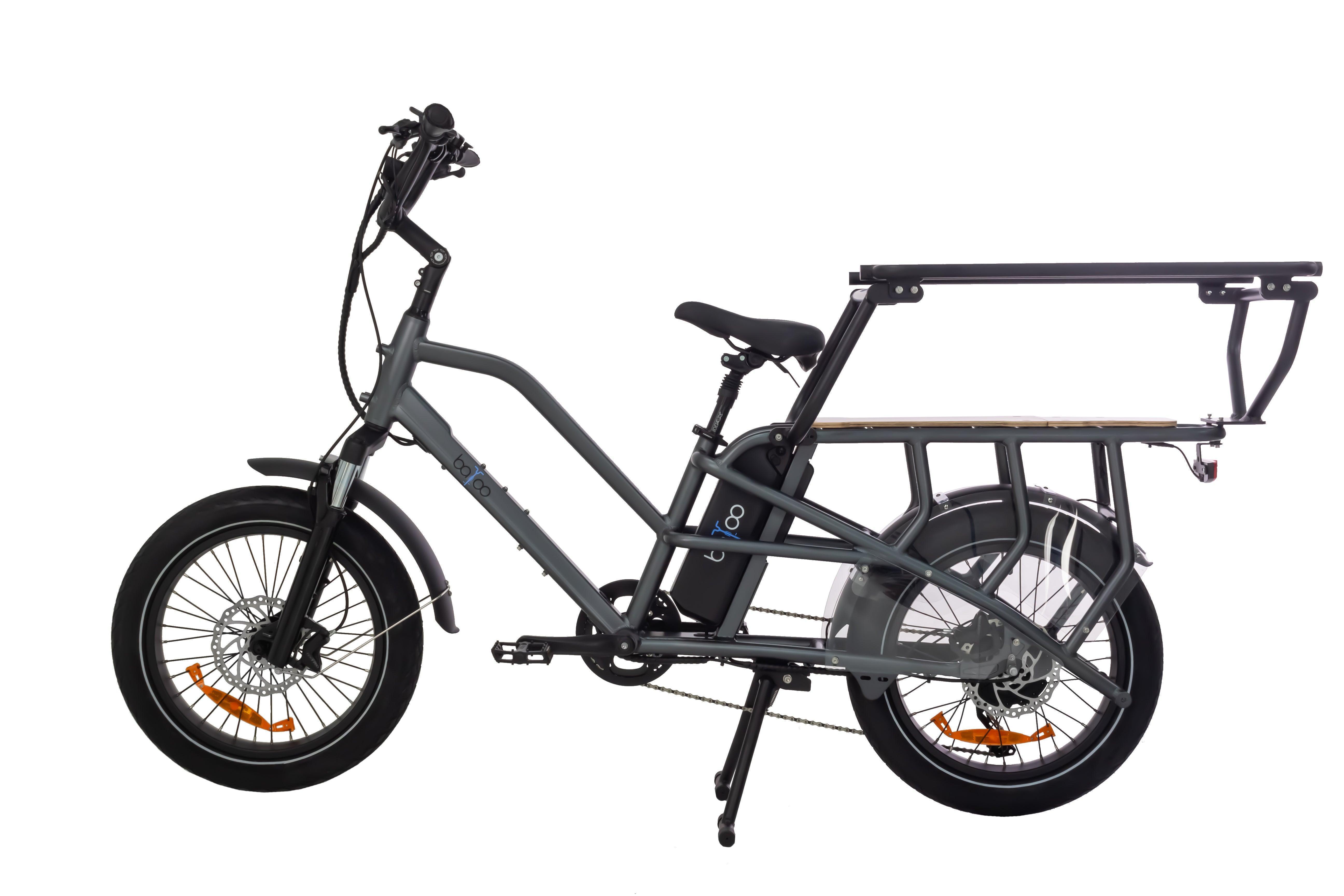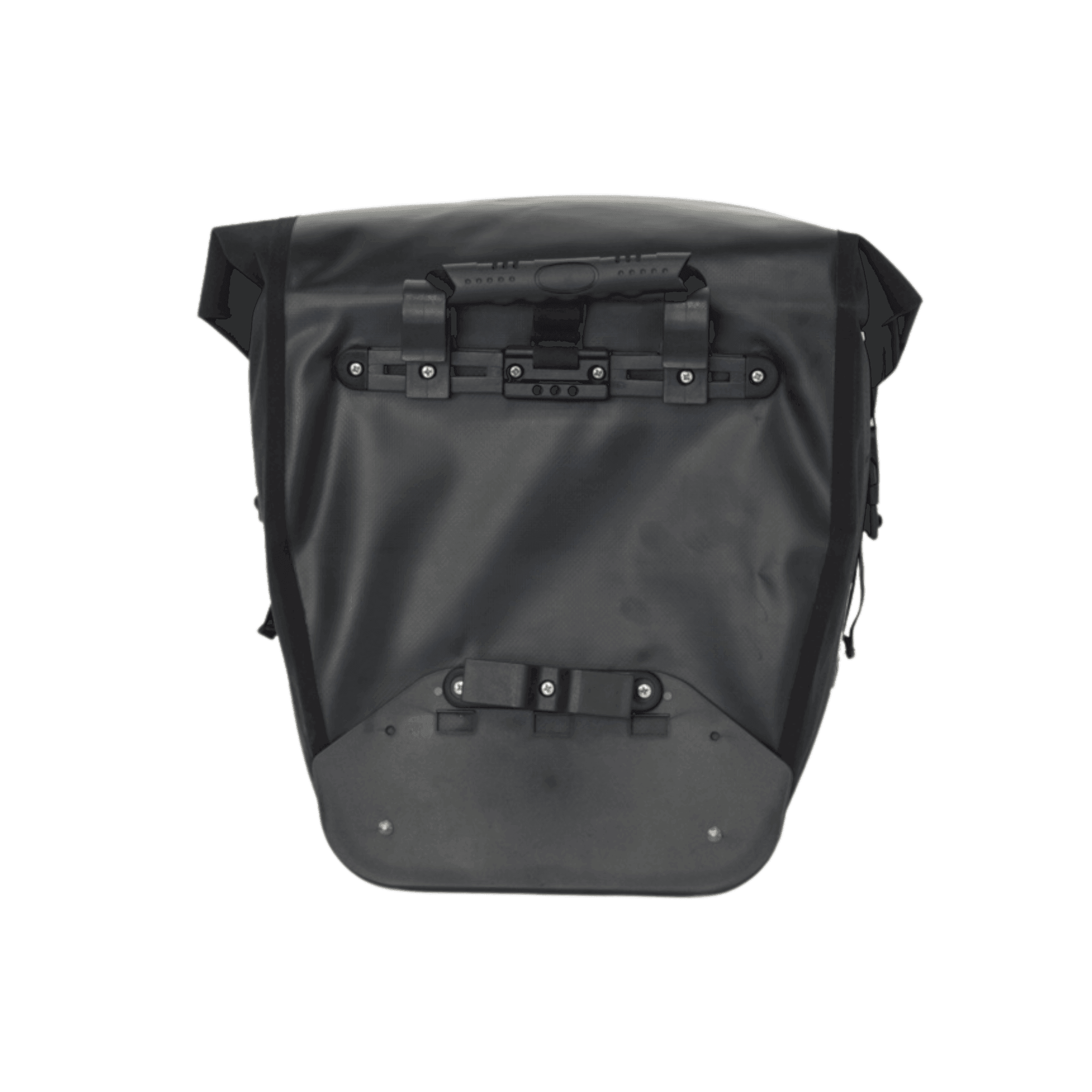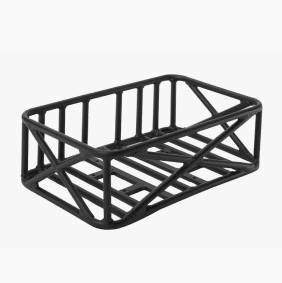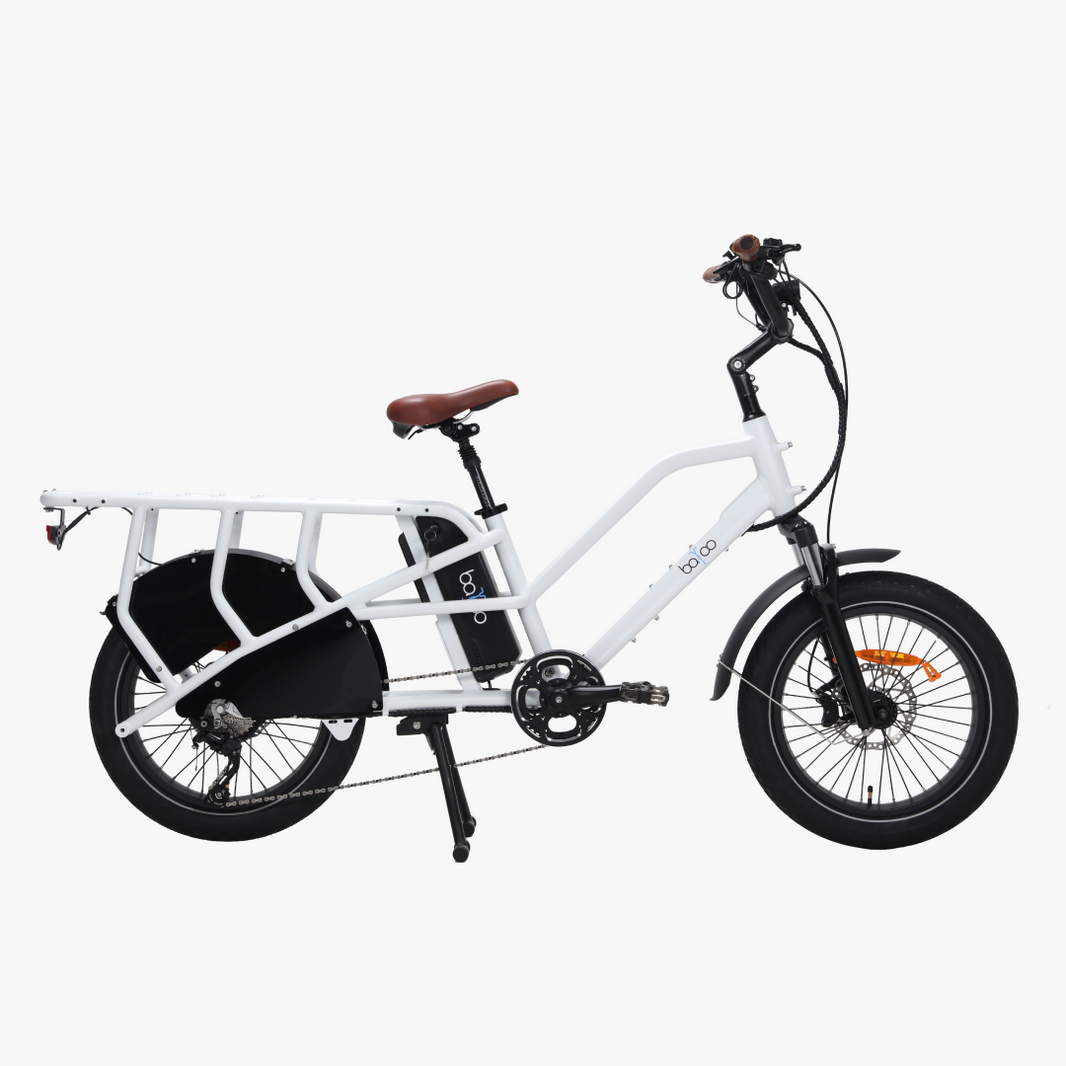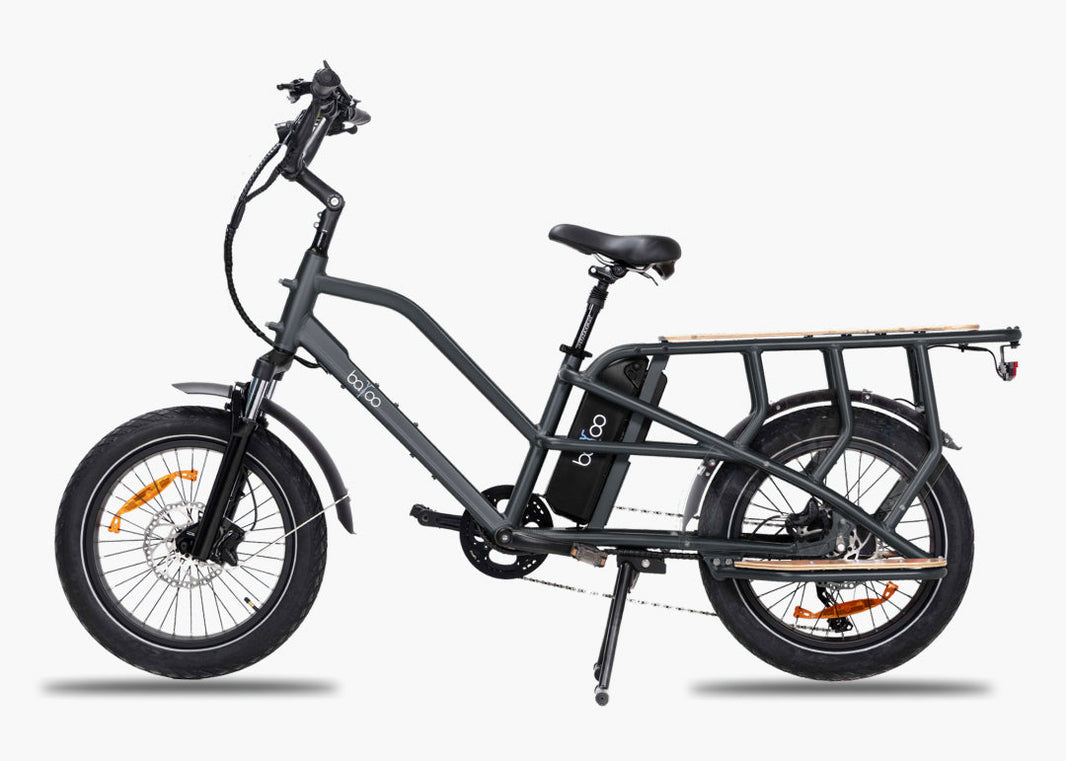Electric bikes are now becoming increasingly popular and, as a result, we are seeing more and more of them in urban areas.
It's an environmentally friendly and economical means of transportation that offers many other advantages. With government support available, people are less hesitant to purchase their electric bike.
But what are the selection criteria? There are many, but the weight of the bike is an important consideration.
What is the ideal weight for an electric bike (EAB)? This is what we'll cover in this article. When purchasing an electric bike, weight should be a factor that shouldn't be overlooked, and you'll understand why.
Let’s explore this in detail.
What is the average weight of an electrically assisted bicycle (EAB)?
So, how much does an electric bike weigh? Its weight significantly impacts performance and usability.
The weight of a bike affects comfort and ride, handling, and range, so it's important to consider the weight of a bike when purchasing one. For electric bike weight, it's also important to consider the bike's components and equipment that affect its weight.
What is the ideal weight for an electric bike (EAB)? It's difficult to give a precise answer, as there's no standard weight on the market. One thing is certain: an electric bike is heavier than a conventional bike. The motor, battery, display, and wiring account for the extra weight.
We can say that as a general rule, a classic bike weighs around 15 kg on average, for an electric bike it is rather around 20 to 30 kg, or even up to 40 kg.
How much does an electric bike weigh depending on its type?

When discussing electric bikes, we often refer to all types—city bikes, mountain bikes, folding bikes, and cargo bikes. We do not detail the type of bike, cargo bike, folding bike, mountain bike , urban bike etc.
The weight of a bicycle therefore varies depending on the model and also the brand.
Many manufacturers today offer so-called lighter bikes, as there is no standard weight, in fact, on the market, we find bikes of different weights. Depending on the model, we can say that the weights are around:
- Between 14 and 17 kg for an electric road bike
- Between 14 and 18 kg for a folding electric bike
- Between 22 and 25 kg for an electric city bike
- Between 23 and 26 kg for an electric mountain bike
- Between 24 and 27 kg for an electric mountain bike
- Between 27 and 32 kg for an electric fatbike
- Between 40 and 50 kg for an electric cargo bike
For children's electric bike models, the reasoning is the same. On average, a good electric-assist bike (EAB) weighs between 14 and 18 kg.
Why is having a lightweight bike a good thing?

The weight of a bike has an impact on the ride and therefore on the daily use of your electric bike. The key factors that affect the weight of an electric bike are :
The practical side of use :
It's not uncommon to have to lift your bike all along a route, sidewalks, stairs, parking spaces, on a train, in a car, so in all these cases it's more pleasant to have to lift and/or carry a lighter bike. You can remove the battery to make the bike lighter—a handy tip!
Handling :
Obviously, when the bike is heavy, it is less maneuverable and it is also slower. In the city, with frequent stops and interruptions, it is therefore also preferable to have a lighter bike. Comfort is, of course, an element that also stems from the maneuverability of the machine.
Autonomy :
Last but not least, is battery life. A lighter bike reduces strain on key components like the battery and motor, improving efficiency. In short, a lighter bike gives more life to the battery and the equipment in general.
Why a heavy bike is not a good thing?
If the weight of the bike is high, here are the constraints and inconveniences that you will encounter during use:
Lack of balance and less control
A heavy bike is less maneuverable and therefore less easy to ride. The cyclist will have more difficulty controlling his bike.
An overused battery and a rapid loss of autonomy
We have seen this before, but if the bike is too heavy, the cyclist will get tired more quickly, the battery will also suffer from this weight, the motor too, the bike's energy supply will therefore be very stressed.
Speed reduction
If the bike is heavy, if the cyclist is used to riding with a bit of a load, all of this has an influence on the general behavior of the bike. The lighter the bike, the more these inconveniences will be reduced.
Difficult transport of a loaded electric bike
If you live in an apartment building, on a floor, and especially without a lift, when you have to carry and lift your bike, again, a lighter bike will be appreciated.
What factors affect the weight of an electric bike?

As for the elements that play a role in the weight of electric bikes , we find:
The battery :
Depending on the battery type and performance, the weight of the bike can vary. Manufacturers list the weight of the bike without the battery, so it's important to add the weight of the battery to the weight of the bike. It's important to know this!
The engine :
A mid-wheel motor is often heavier than a front or rear wheel motor. A wheel motor weighs about 1.5 kilos, a mid-wheel motor weighs 3 kilos, but it also has other advantages, especially in the event of breakdowns or puncture repairs.
The framework :
The bicycle frame also often has a weight that varies, depending on the type of bicycle, the strength of the frame and the material it is made of.
Other equipment (brakes, tires, luggage rack, screen, lights):
Combined, all of this equipment will also add extra weight, so it is also worth considering this.
Conclusion
As you'll have noticed after reading our article, the weight of a bike is very important to consider when making your purchase. It's also important to adapt it to your daily use and transport, depending on where you live, your route, and the type of bike you want to buy.
The weight of the bike plays a big role in the rider's comfort and also in the handling and control of the bike.
A lightweight electric bike will always carry a higher price tag. A mid-range model, on the other hand, is certainly less expensive but may be heavier.
At BatooBike , discover the cargo range and make an appointment for a test ride. Don't hesitate to contact this expert who will be able to give you all the useful information you need to buy a cargo-type electric bike.
FAQs
How much does an electric bike weigh?
Cargo e-bikes must be particularly durable and weigh up to 40 kilograms. Electric mountain bikes weigh between 15 and 28 kilograms, while practical folding bikes for commuting weigh around 20 kilograms. A standard e-bike typically weighs between 20 and 25 kilograms, including the motor and battery.
How much should an electric bike weigh?
30 kilograms, some prefer lighter bikes for better handling, while others prefer a heavier bike for better stability. In general, the average weight of an electric bike is between 20 and 30 kilograms.
What is the right weight for a bicycle?
Every cyclist is unique. An amateur will be happy with an aluminum racing bike weighing less than 10 kg for comfortable Sunday riding (with wider wheels, for example), while an experienced rider will prefer a lightweight bike weighing less than 8 kg, or even 7 kg, for regular climbing.
What is the lightest e-bike?
One of the lightest and most streamlined versions is the Specialized Turbo Vado SL. It has a battery of over 320 Wh and also features a range extender, meaning you can plug in an extra battery. All this for the modest weight of 14.9 kg.












